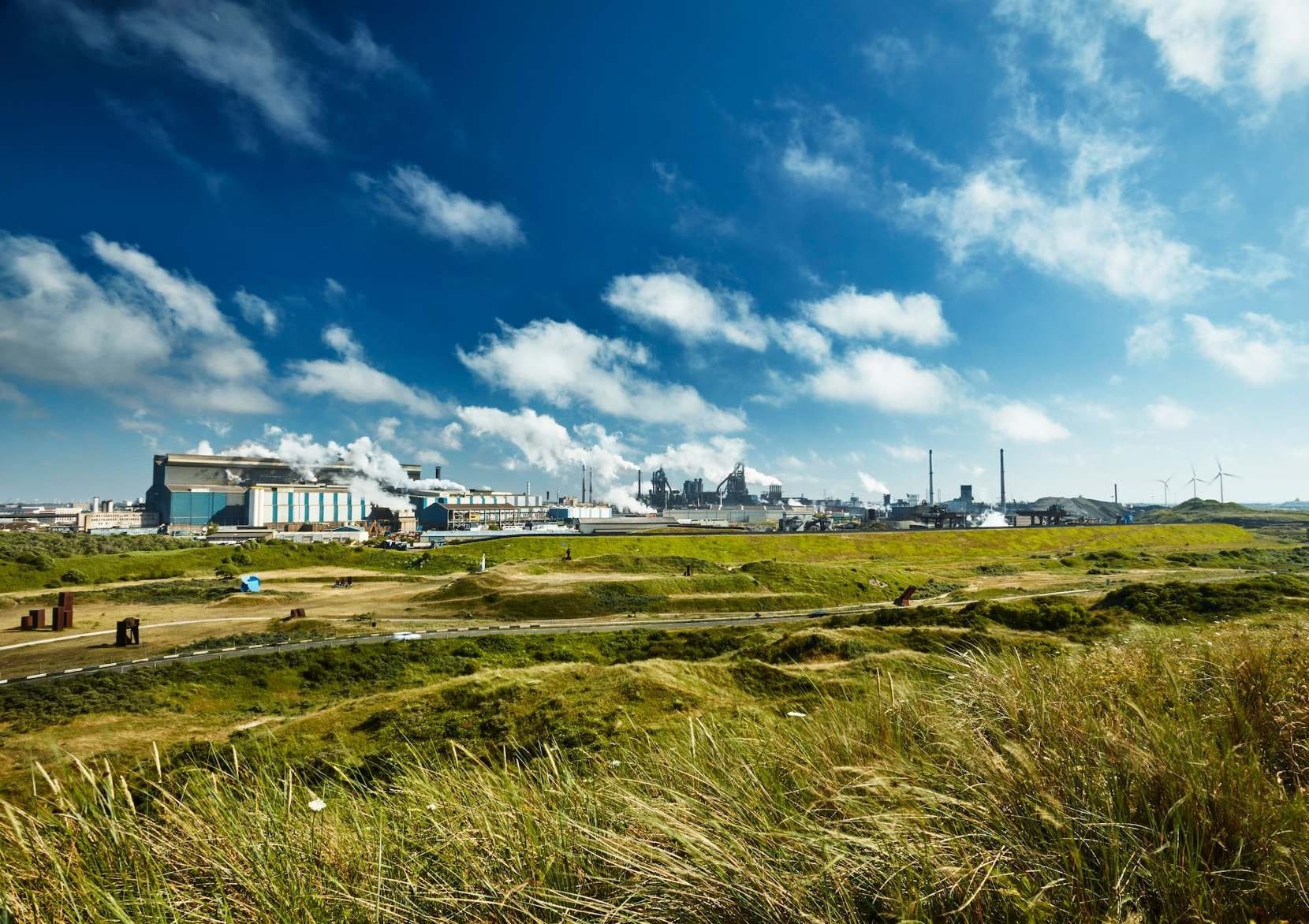CO2 zero

Tata Steel is one of the world’s leading and most CO2-efficient steel companies. We are committed to developing high-quality new products and services that contribute to the quality of life. From lightweight cars to sustainable packaging, steel is an essential part of modern society. It is endlessly recyclable and makes an important contribution to building tomorrow’s sustainable and dynamic society.
It is our ambition to make our own production processes CO2-neutral and to make steel that is stronger, lasts longer and is produced using fewer raw materials. But also, by helping our customers to improve their operations and thus work towards greater sustainability of the entire supply chain. This is the only way we can produce steel in a sustainable way for future generations.
In the Netherlands, we continuously invest in making our production processes more ustainable in order to reduce our impact on the environment and improve our energy performance. In the annual CO2 report of the World Steel Association, Tata Steel IJmuiden B.V. is in third place in the worldwide list of steel companies with the lowest CO2 emissions.
Continuing this mission, Tata Steel is constantly developing ways to make the steel production more sustainable, adapt to the circular economy, and reduce energy and resources to prevent depletion of materials. Although steel can be recycled infinitely, an applied zinc coating must be removed before recycling.New processes are developed that can deal with zinc-contaminated steel, or – the easiest way – is not to apply a coating on surfaces where it is not needed. In other words, the coating needs to be applied very specifically.
A common practice to apply a coating is the process of hot dip galvanising (HDG). HDG is a process whereby a steel strip is submerged through melted zinc bath and the metal substrate is applied over the full width of the strip. Because the thickness of the zinc layer can vary over the width of the strip, excess zinc has to be applied in order to meet minimum requirements of the customer. Although equipment – such as air knives – has been improved over the last decades, a better distribution of the zinc layer is still demanded. In addition to that, some products don’t require a fully coated strip. An example can be a car door, where 50% of the base coil is used.

If the metal sheet is only coated on the areas where the product is punched out, the usage of zinc will decrease significantly. One method to achieve this goal, is through the application of zinc spraying. In collaboration with the Fraunhofer Project Center at the university of Twente, Tata Steel performed research to develop a spray system that can spray a zinc coating on a very specific surface area. The thickness of the coating is proportional to the size of the produced droplets that are produced with the spray head. One single spray head can produce up to 4,6 billion droplets of 5μm in diameter per second at normal line speed. This would rastically reduce the amount of zinc used to coat a strip of steel.
In addition to the main advantage, a spray system would also support a quick change from one zinc composition (more or less Aluminium or Magnesium) to another, or even a completely different metal. In the current HDG process a change in composition would mean the introduction of completely new bath, which is a costly investment. Furthermore, using the technique of different spraying heads, different areas of the sheet can have different layer thicknesses and compositions. Last but not least, since the submerging of the strip in the zinc bath is avoided, contaminations which normally grow in the bath cannot pollute the strip, resulting in a defect-free surface.
Zinc resources
The unique metallurgical and chemical properties of zinc have made it the material of choice for an extensive range of products. At the end of their useful life, the zinc can be recovered and recycled without loss of its metallurgical characteristics or value. Furthermore, while the attributes of zinc contribute significantly to sustainability during use, zinc recycling plays an important role in reducing concentrate demand and minimizing waste disposal.
The earth crusts contains an estimated 2800 million metric tonnes (MMt) of zinc. However, not all of this zinc is immediately available for extraction. The most recent estimate calculated that 250 MMt of zinc reserves are available and could be mined. Australia, China, and Mexico were among the nations with the largest zinc reserves in the world.
Zinc is now the fourth-most widely consumed metal in the entire world. Currently, 16 MMt of zinc is used per year. Out of this, 12 MMt of zinc is mined. The 4 MMt gap is supplied from secondary or recycled sources. Out of the used zinc, nearly one half is used in galvanising processes. Achievements of thin coating layers can therefore lead to significant savings in zinc. Mining and producing zinc has a significant environmental impact and needs to be avoided.